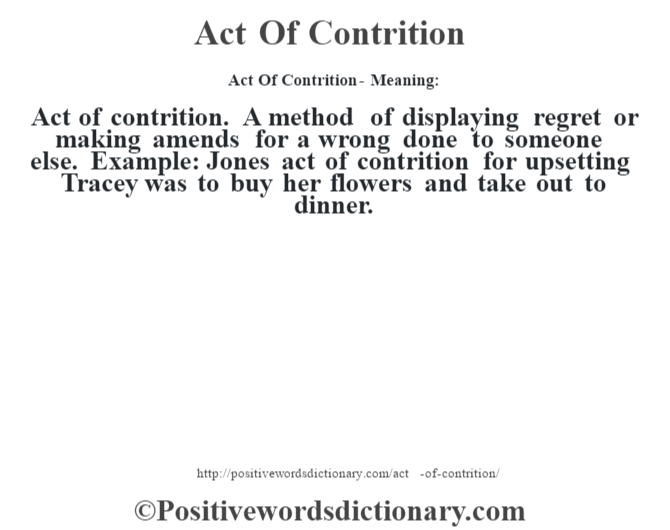

Time Course and Distribution of Leukocyte Infiltration Fourteen days after injury, no MPO-positive cells were detected in any layer of the vessels (E), and only a few c- fms-positive cells were found in the neointima and the adventitia (F). A large number of c- fms-positive macrophages were found in the adventitia at this time (D). Three days after injury, fewer MPO-positive cells were detected in the adventitia (C). No c- fms-positive cells were found in any layer of the injured vessels (B) at this time. Two hours after angioplasty, numerous MPO-positive cells were found in the adventitia, whereas few were detected in the intima (A). Paraffin-embedded tissue sections of porcine coronary arteries were hybridized using 35S-labeled riboprobe directed against c- fms to detect macrophages. Frozen tissue sections of porcine coronary arteries were stained using anti-MPO antibody to detect neutrophils. Localization of neutrophils (A, C, E) and macrophages (B, D, F) in porcine coronary atreries 2 hours (A, B), 3 days (C, D), or 14 days (E, F) after angioplasty. In the present study, we examined the time course and distribution of leukocyte infiltration as well as the expression of CAMs and chemokines after angioplasty of porcine coronary arteries to develop a better understanding of adventitial and perivascular inflammation in this model.įigure 1.

8–11 Little is known, however, about inflammatory responses in the adventitia after balloon injury, except for one study that described the upregulation of intercellular adhesion molecule (ICAM)-1 and class II major histocompatability antigen in the adventitia of rabbit aortas after angioplasty. A number of studies have examined the expression of cell adhesion molecules (CAMs) and chemokines after vascular injury and described their expression in the intima and media. 6,7 Inflammatory cells may release cytokines or increase oxygen radical production, which might contribute to cell proliferation. Inflammation has been shown to play an important role in the development of vascular lesions after angioplasty. 3–5 It is hypothesized that these cells may play a role in vascular remodeling by constricting the vessels from the adventitial side, thus contributing to late lumen loss associated with angioplasty restenosis. 1,2 Myofibroblasts have been described in the adventitial space surrounding injured porcine coronary arteries. Recent clinical and experimental data suggest that constrictive vascular remodeling is in large part responsible for lumen loss associated with restenosis. Previous studies of vascular injury have been focused on cellular reactions in the intima or media, whereas adventitial and perivascular reactions have been largely ignored. We hypothesize that perivascular inflammatory cells play a role in the recruitment and/or proliferation of adventitial myofibroblasts, possibly through the release of reactive oxygen species and/or cytokines, and thus contribute to vascular remodeling associated with postangioplasty restenosis. The main inflammatory and proliferative foci were not limited to the adventitia but rather extended many millimeters away from the injured vessel throughout the surrounding adipose and myocardial tissues.Ĭonclusions Inflammatory responses after angioplasty of porcine coronary arteries occurred throughout the entire perivascular tissue. Inflammation was associated temporally with the expression of mRNAs encoding cell adhesion molecules and chemokines. Neutrophils accumulated in the adventitia surrounding the injury site from 2 hours to 3 days, followed by macrophages from 1 to 7 days after angioplasty. Vessels were examined from 0.5 hour to 14 days after injury by immunohistochemistry and in situ hybridization (ISH) for neutrophil and macrophage markers, cell adhesion molecules (P-selectin, E-selectin, and vascular cell adhesion molecule-1), and neutrophil-specific CXC chemokines (alveolar macrophage–derived neutrophil chemotactic factor -I/interleukin-8 and AMCF-II). Methods and Results Balloon overstretch injury of porcine coronary arteries was performed with standard clinical angioplasty catheters.

Whereas previous studies have focused on inflammatory reactions in the intima and media, less attention has been paid to adventitial and perivascular responses and their potential role in vascular remodeling. Customer Service and Ordering Informationīackground Inflammation has been suggested to play a role in vascular lesion formation after angioplasty.Stroke: Vascular and Interventional Neurology.Journal of the American Heart Association (JAHA).Circ: Cardiovascular Quality & Outcomes.Arteriosclerosis, Thrombosis, and Vascular Biology (ATVB).


 0 kommentar(er)
0 kommentar(er)
